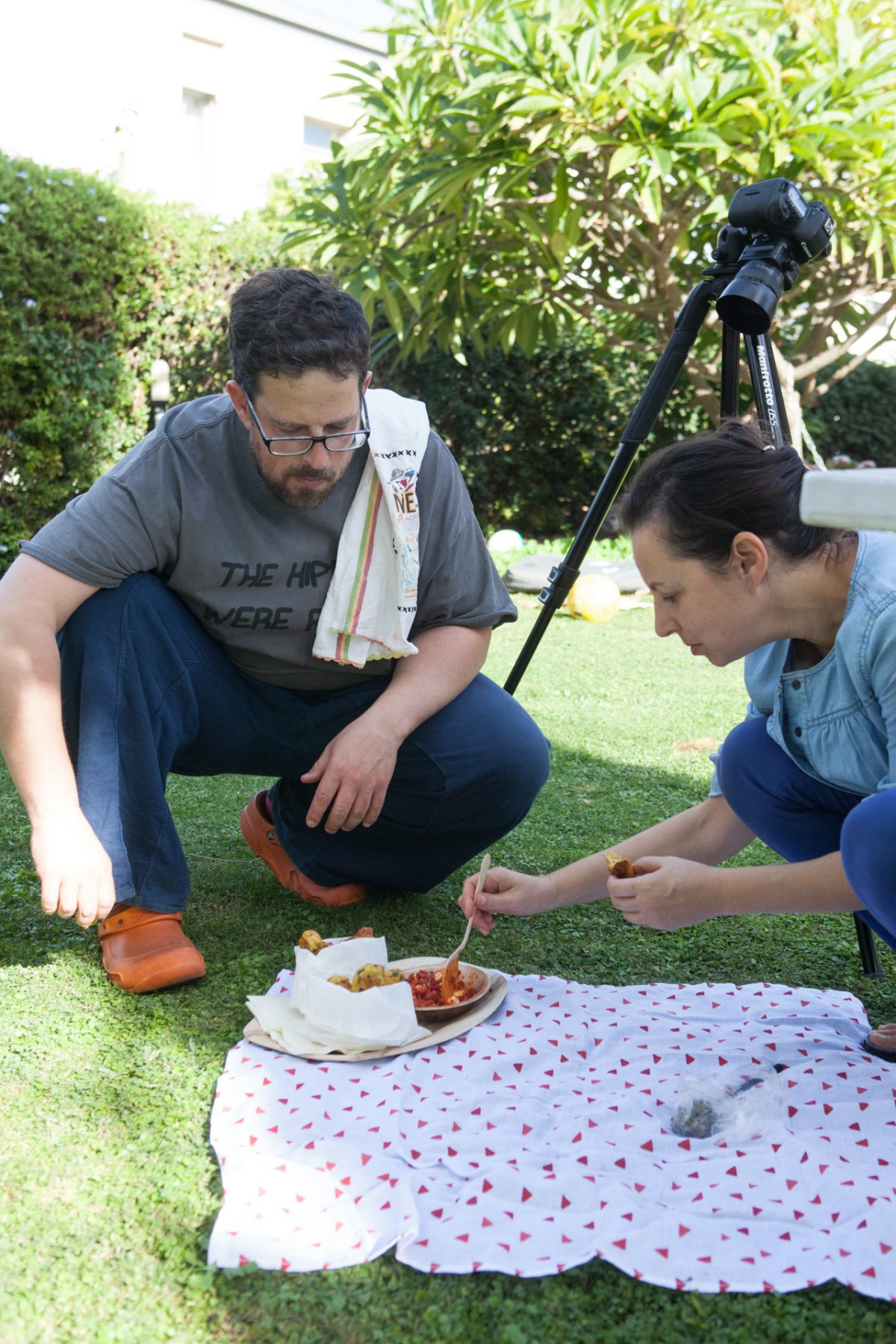


The edibles phenomenon is moving way beyond the pot brownies with credible chefs stepping in and adding some gourmet to the cannabis aficionados. After numerous hours in the kitchen, specifically experimenting with cannabis cooking I offer you 5 insights I feel are most important.
Lesson #1: The Importance of Decarboxylation
Decarboxylation is the essential initial step when creating edibles. For those of you who are still under the impression that you can cook the cannabis flower, please save your money and read the decarboxylation instruction. Skipping this step or not doing it properly can almost be synonymous with throwing away your plant material. Decarboxylation, through heating and drying, transforms the plant material into one that has a psychoactive effect when digested. Decarbing the flower is more of an alchemy procedure than a cooking one and it will be best if you approach the task this way and follow the instructions to the letter.
Lesson #2: Invest in Understanding your Potency and Test
Ingesting cannabis brings about a different psychoactive experience (also referred to as ‘body high’). The effects of edibles can be amazing but can also be very challenging (read our post about what to do if you’ve eaten too much). Therefore, understanding the potency of your dish is important. While you are most likely never going to get it accurate, if you follow the guidelines you can definitely reach a good guestimate which is good enough. I typically test my infused ingredients (the butter/oil/honey, etc.) and that then reflects about the dishes that I make with them. For example – if I’m cooking 3 cups of cannabis-infused oil and I believe the guestimated potency is 1,200mg of THC per cup (see recipe), I will take a small teaspoon (5ml) which I expect to have 25mg of THC and wait to see how it impacts me. This amount, for me(!), should create a decent high effect. If this didn’t happen (occurs very rarely) I adjust the portion size or the amount of infused ingredient. To better understand how to calculate the potency press here.
Lesson #3: Cannabutter THC Distribution is Not Even
When infusing butter, remember that gravity plays an important role. Butter from the bottom of your infused batch will be different than butter from the top. The gap between the bottom and top can be significant, depending on your batch volume, and can reach up to twice. This can mean challenging surprises – if you’re expecting a 30mg dose and getting a 60mg one you might experience a bad psychoactive adventure. What should you do? Make sure to portion your cannabutter vertically so that each recipe gets both the top and bottom part of a specific batch. Then, once you add in the butter, make sure to have as much even distribution as possible of the butter inside the dish you’re making. Linger on this – if it takes 5 more minutes, it is worth the time and attention
Lesson #4: Patience is a Virtue. Be Patient!
Infusing ingredients with cannabis is not a short process. If you’re impatient and need quick results (and you don’t have your desired infused ingredient), seek other means. Infusing with cannabis takes a minimum of 6 hours and in some cases can take up to months (when making tinctures). Not only should you not rush the process, but I’d also recommend making sure you’re able to be in the vicinity of the kitchen and can dedicate some stress-free attention to the cooking. Hurrying the process might result in subpar infusion or harm the actual ingredient. I’ve caramelized honey, reduced butter due to overheating and threw away expensive plant material due to my impatience… don’t be like me.
Lesson #5: As Hard as I Tried – It’s Less Tasty…
This new canna-chef phenomenon is not only a movement towards the enrichment of foods with the psychoactive and healing properties of the cannabis flower, but it is also a pseudo-promise to make it all taste better. For me, the taste and smell of a dish is imperative and I’ve yet to find an edible that incorporates cannabis in a way where the cannabis actually adds to the flavor of the dish. There are definitely ways to disguise the canna-taste using strong and / or aromatic spices like vinegar, garlic, cinnamon and more. I find sugar to be a good ingredient and therefore, for me, sweet recipes work better than savory ones. However, at this point after numerous attempts, I reached the, somewhat sad, conclusion that the best we can hope for is disguising the taste and not using it to enrich our food.